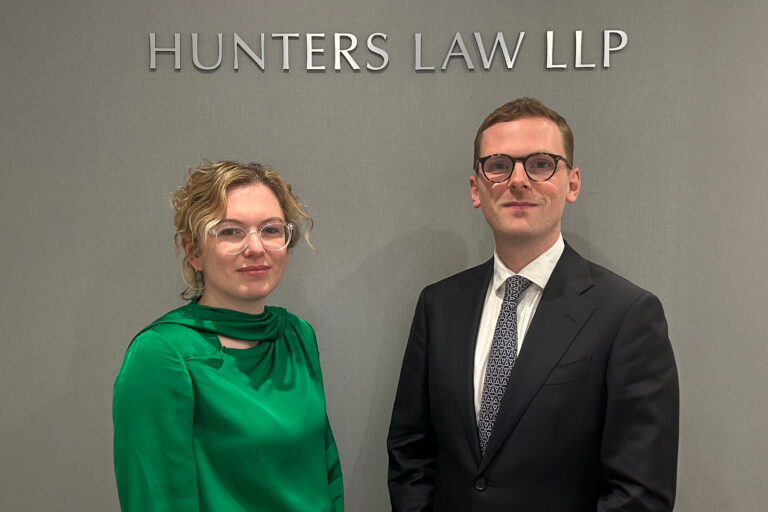Petra Warrington comments on the Fifth Anti-Money Laundering Directive and art law in Antiques Trade Gazette

Anti-Money Laundering: Get ready for the latest directive regardless of Brexit
Whether we have Brexit or no Brexit, the European Union’s Fifth Anti-Money Laundering Directive will come into effect in the UK on January 10 next year.
Among the changes of this latest legal requirement is the obligation for ‘Art Market Participants’ (AMPs) any auction house, dealer or anyone trading in or acting as an intermediary in the trade of works of art to verify identities and conduct appropriate due diligence checks if they expect to transact at values of 10,000 or more.
It also covers any series of lower-value ‘linked transactions’ that can add up to 10,000 or more, irrespective of the method of payment.
The British Art Market Federation (BAMF) is currently working alongside HMRC drafting guidance for the industry which will be published next year. This guidance will give information on what construes linked transactions and whether at auction the hammer price, or hammer price plus fees, will be used when determining the 10,000 level. HMRC will use the Bank of England’s monthly average exchange rate to convert the euro figure to sterling.
Petra Warrington, senior associate at Hunters Law, explains there is no universal answer to compliance under the directive’s obligations but members of the trade must take a risk-based approach to anti-money laundering measures that is appropriate to the size and nature of their business.
She adds: For example, those that deal in high-risk categories such as archaeological and cultural artefacts or transact largely online and never meet their clients face to face will have a higher risk profile and need to routinely apply more rigorous anti-money laundering measures.
The first step is to assess the risk of money laundering to your business and establish clear policies and procedures to address this. Educating all members of staff and establishing client due diligence and record-keeping procedures will be key to compliance.
Read the full article published in Antiques Trade Gazette here.




